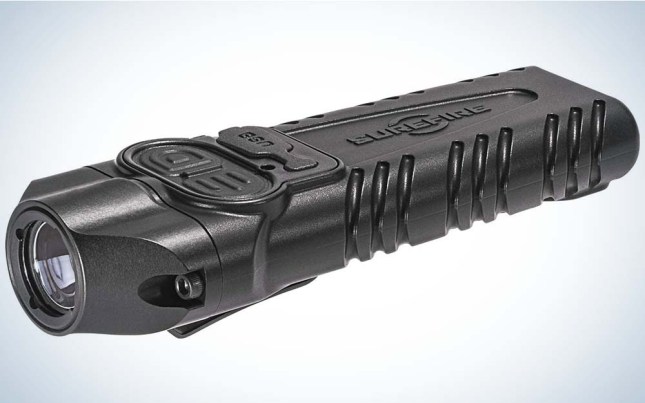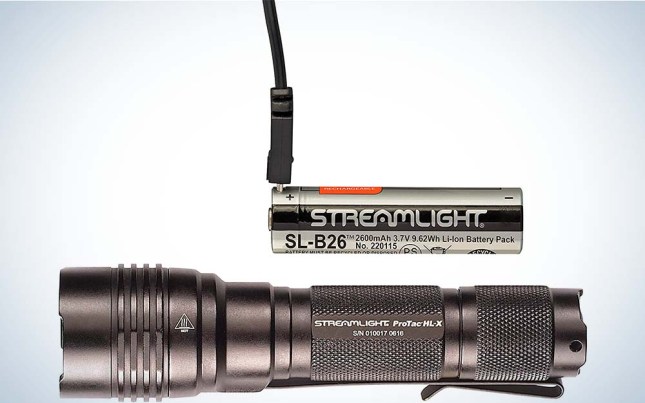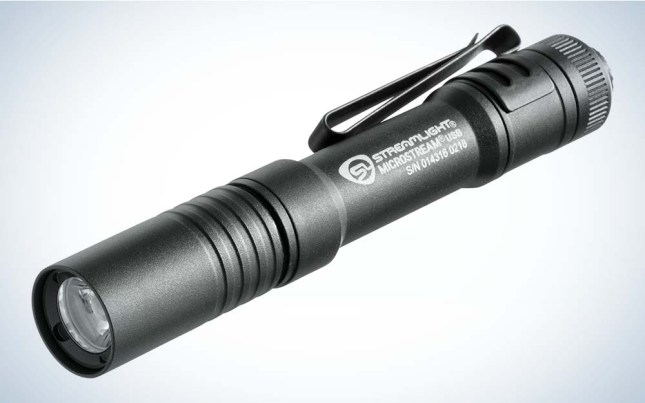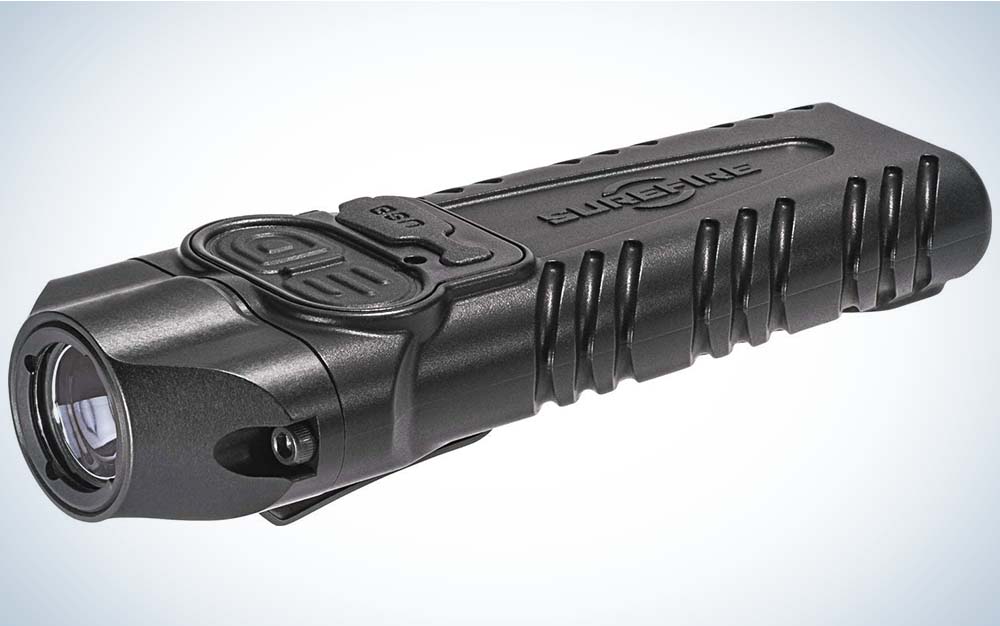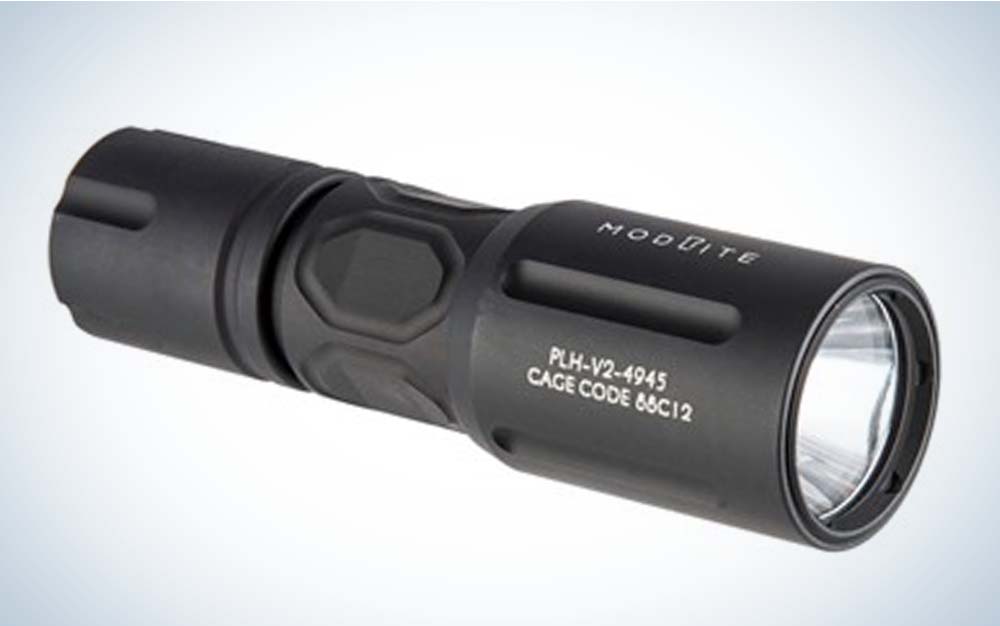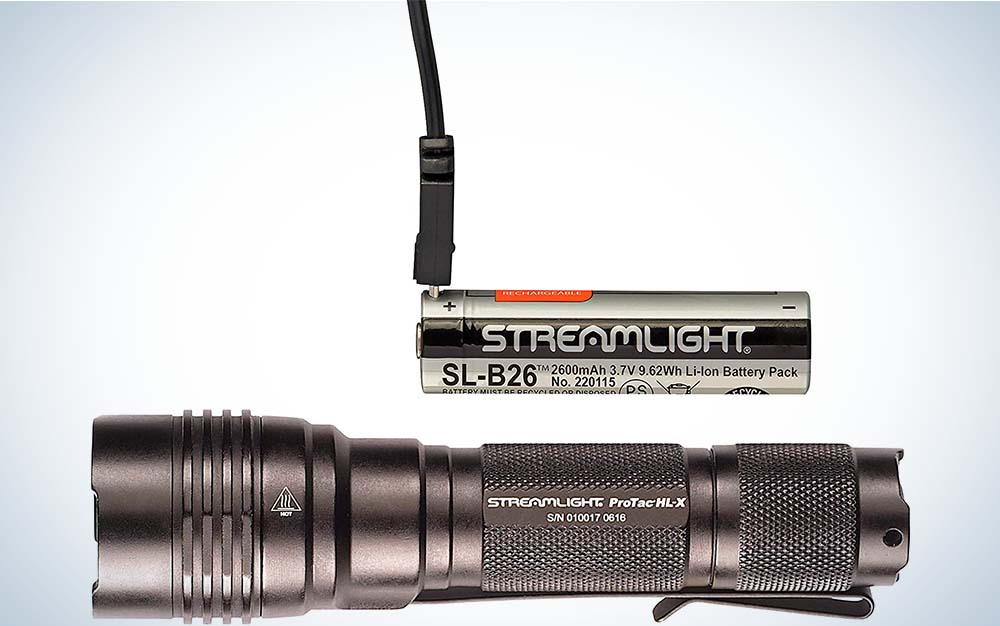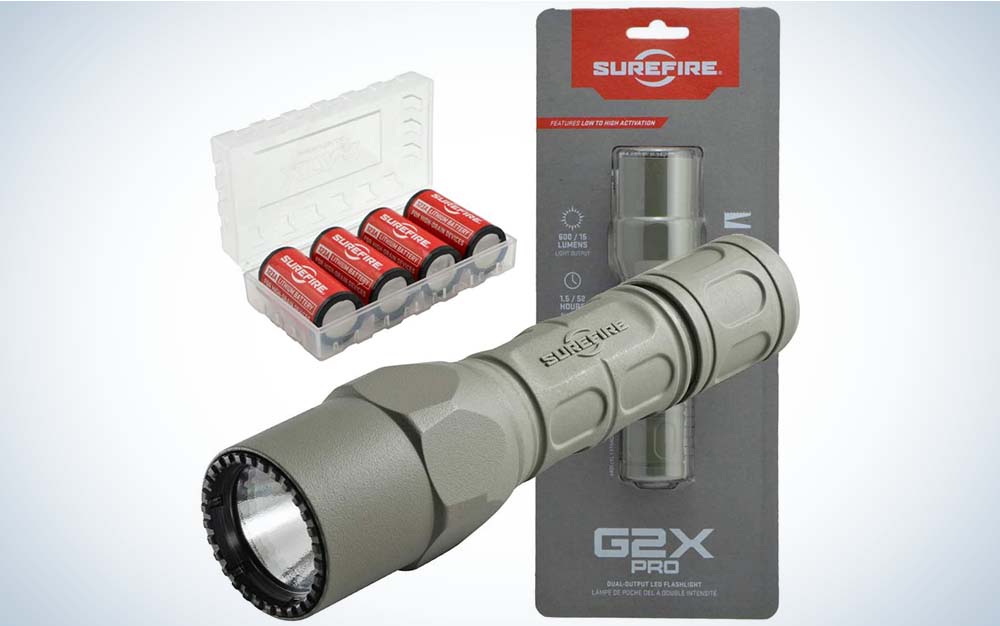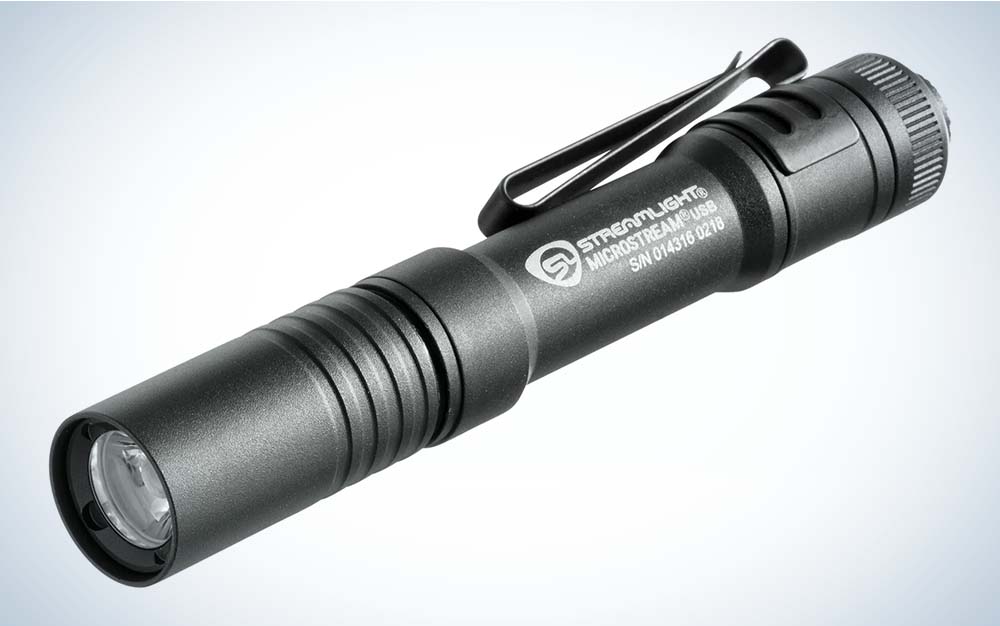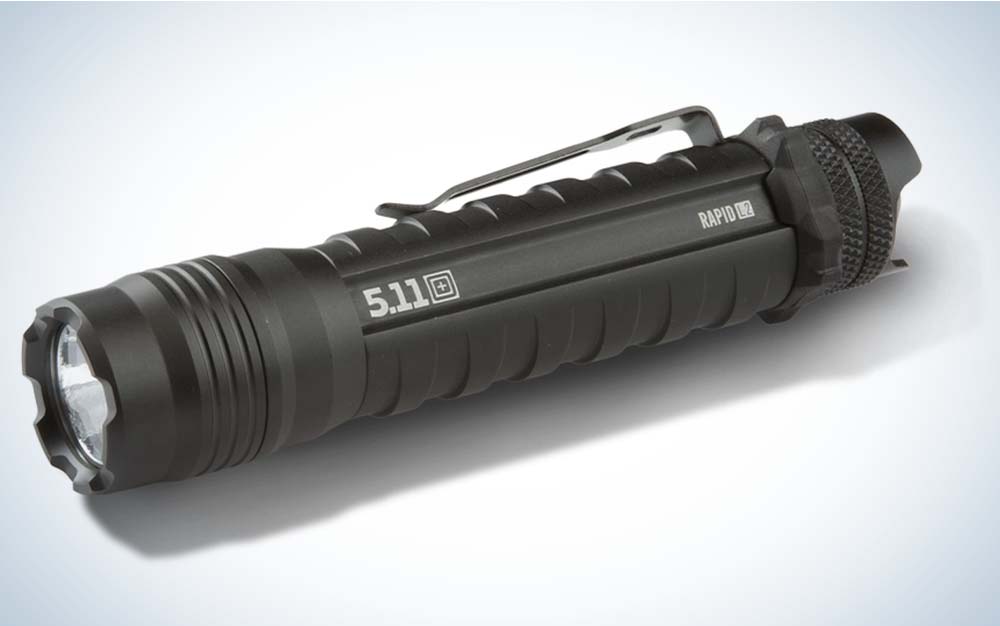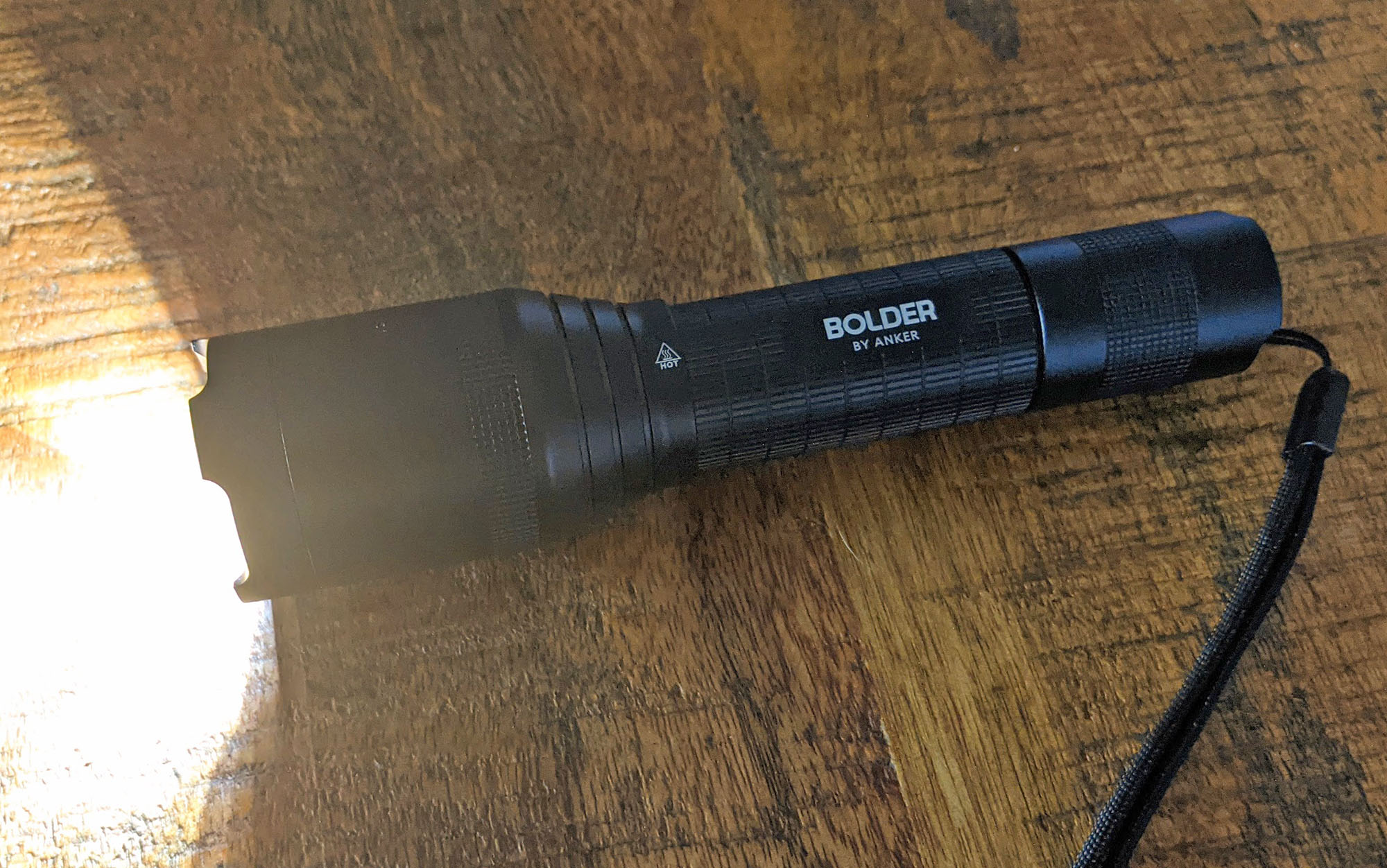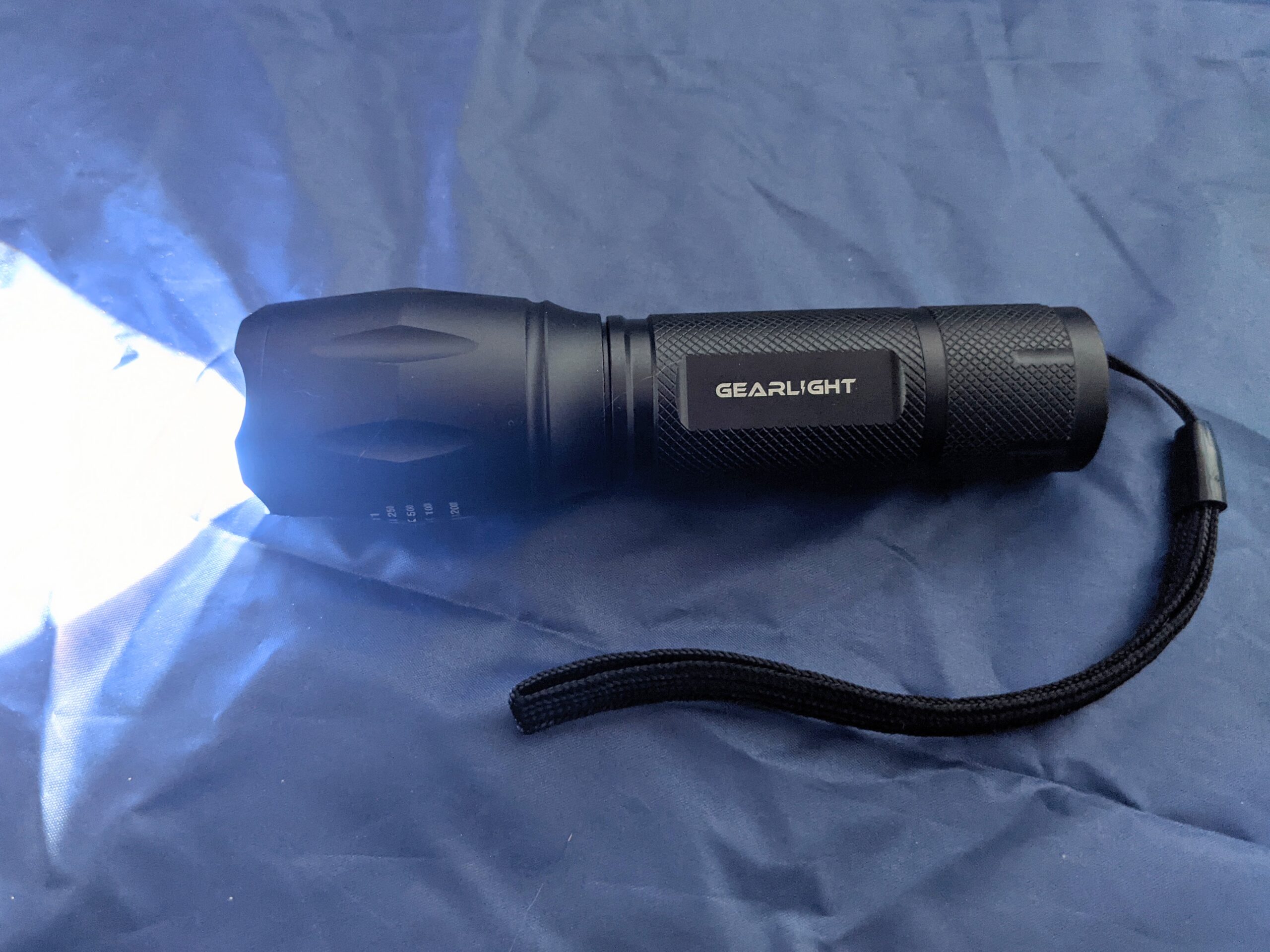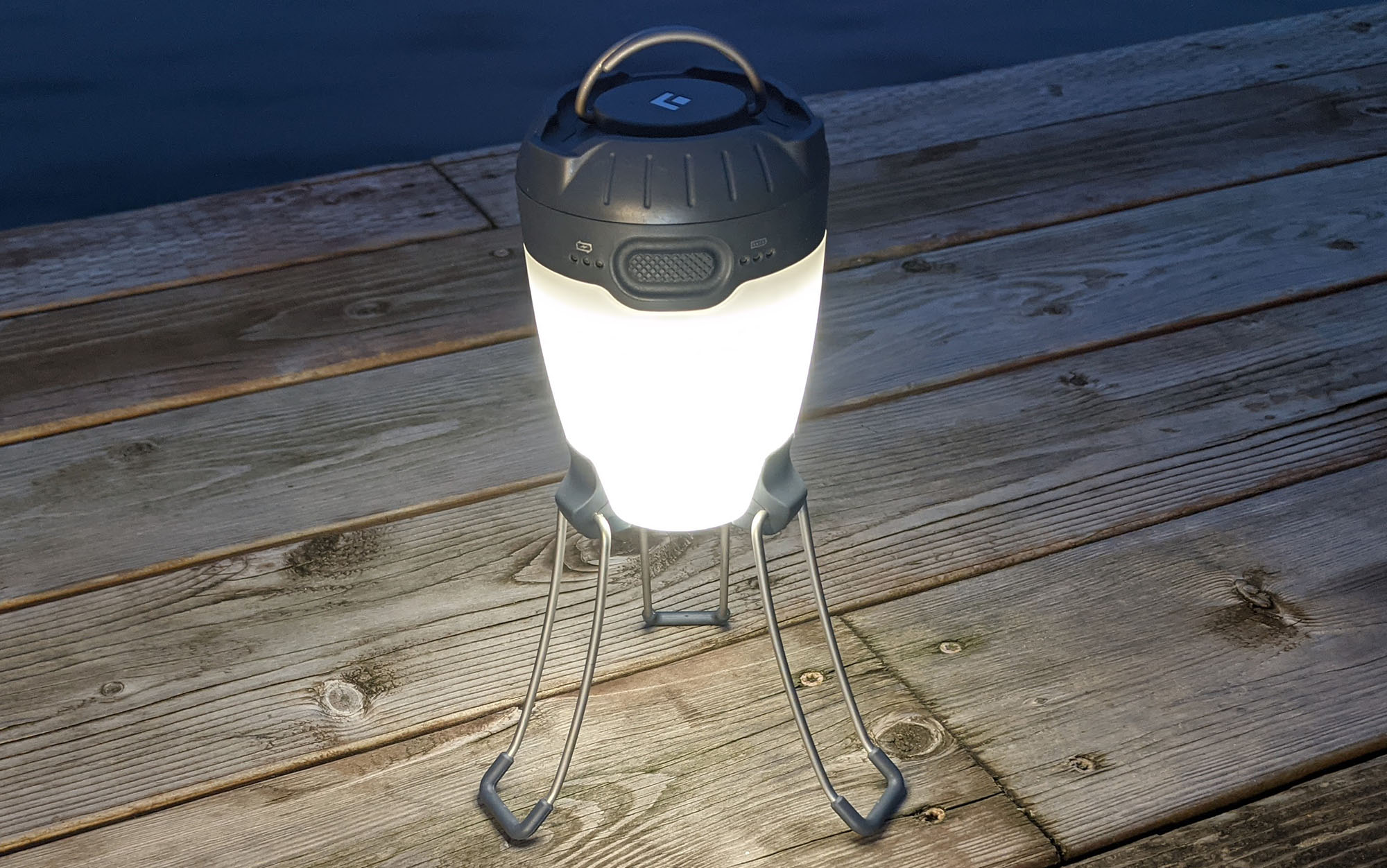We may earn revenue from the products available on this page and participate in affiliate programs. Learn More ›
We live in a great time to be a lumen junky with so many fantastic flashlights on the market. Whether you want a spotlight that fits in the palm of your hand or a feature-rich EDC wonder light, the best flashlight for you is out there. I’ve tested a collection of flashlights over five months by using them for EDC and while hunting and fishing. I also collected beam comparison photos to help you find the right flashlight for your needs. Here are my top flashing picks for different purposes.
- Best Overall: SureFire Stiletto Pro
- Best Tactical: Modlite PLHv2
- Best Value: Streamlight ProTac HLX
- Best for Hunting: SureFire G2X Pro
- Best Small: Streamlight MicroStream
- Best Budget EDC: 5.11 Rapid L2
- Best Rechargeable: Anker Bolder LC90
- Best Camping Flashlight: Gear Light S1000 LED
- Best Camping Lantern: Black Diamond Apollo
How I Tested the Best Flashlights
Beam Comparison
I started my test by comparing the beam patterns of each flashlight. I shined a target 25 yards away. I took a photo of the beam with a camera in manual mode, which you’ll see in each review. I used camera settings that produced photos that looked as close to what I saw with my eyes and the settings remained consistent with each flashlight to give the most accurate comparison possible. All the beam photos were taken on the same day under the same conditions with the exception of the 5.11 Rapid L2, which I received later.
I also compared the beam patterns of the three top-performing flashlights (Stiletto Pro, PLHv2, Sidekick) at 40 yards with the same camera settings.
The second beam test was to see how the lights performed with interference from thick brush and from ambient lighting. A flashlight with more candela will allow you to see objects beyond those obstacles, whereas a light lacking the necessary throw will hit pitter out after those obstacles.
Ergonomics and Features
The flashlights I tested are meant to be carried in a pocket or pack and used handheld. Lights in this class need an intuitive button and one that won’t click on accidentally. I tested each flashlight’s ergonomics and features by carrying them and using them daily. Through that process, I found flaws in some pocket clips and found flashlights that I’ll never leave the house without.
The Best Flashlights: Reviews & Recommendations
Best Overall: SureFire Stiletto Pro
Key Features
- Lumens: 1,000, 300, 25
- Three brightness settings and strobe
- Weight: 4 ounces
- Rechargeable
- Programable
- Passes IPX7 water testing to one meter for 30 minutes
Pros
- Ergonomic
- Long run time
- Slim profile
Cons
- Not much throw
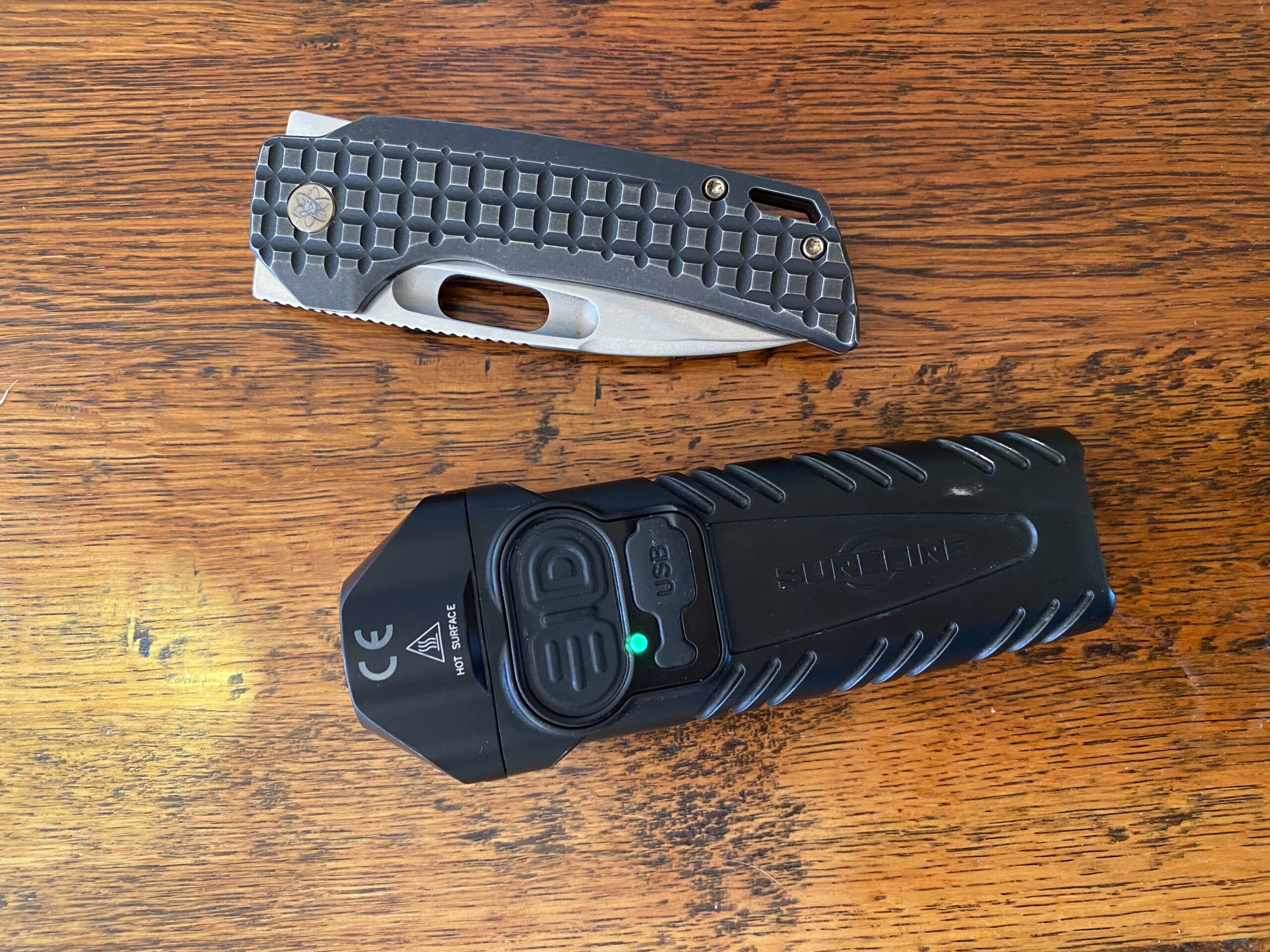
The SureFire Stiletto Pro checks all the boxes for me. It’s easy to carry in a pocket, it’s bright, it has a versatile beam, and it’s rechargeable—all extremely well. The beam pattern is wide and very even edge to edge, which is ideal for EDC applications, blood trailing, and general use.


It has good run time and, at max brightness, you can run it continuously for 1 hour. When the Stiletto Pro is running low, a red indicator light comes on. Recharging the Stiletto Pro is easy with a power bank or plugged into the wall via the micro-USB cable.
The design of the Stiletto Pro is well thought out and extremely ergonomic. It slips into a front pocket and rides unnoticed next to my pocket knife. You hold it a lot like a TV remote and press the on button with your thumb, and you can cycle through the brightness settings by hitting the “on” button like you’re changing channels.
There are tradeoffs for the Stiletto Pro’s nice, even beam. It lacks throw, and you’ll have issues pushing past a photonic barrier or seeing objects beyond 50 yards. But, for most things you’d use a flashlight for, this is the best overall flashlight option.
Best Tactical: Modlite PLHv2
Key Features
- Lumens: 1350
- Weight: 4.5 ounces
- Rechargeable
- Made in the U.S.
Pros
- Throws light far distances
- Extremely bright
- Easy to carry
Cons
- Gets hot after a few minutes of use
- Could be too much light for some situations
- Only one brightness setting
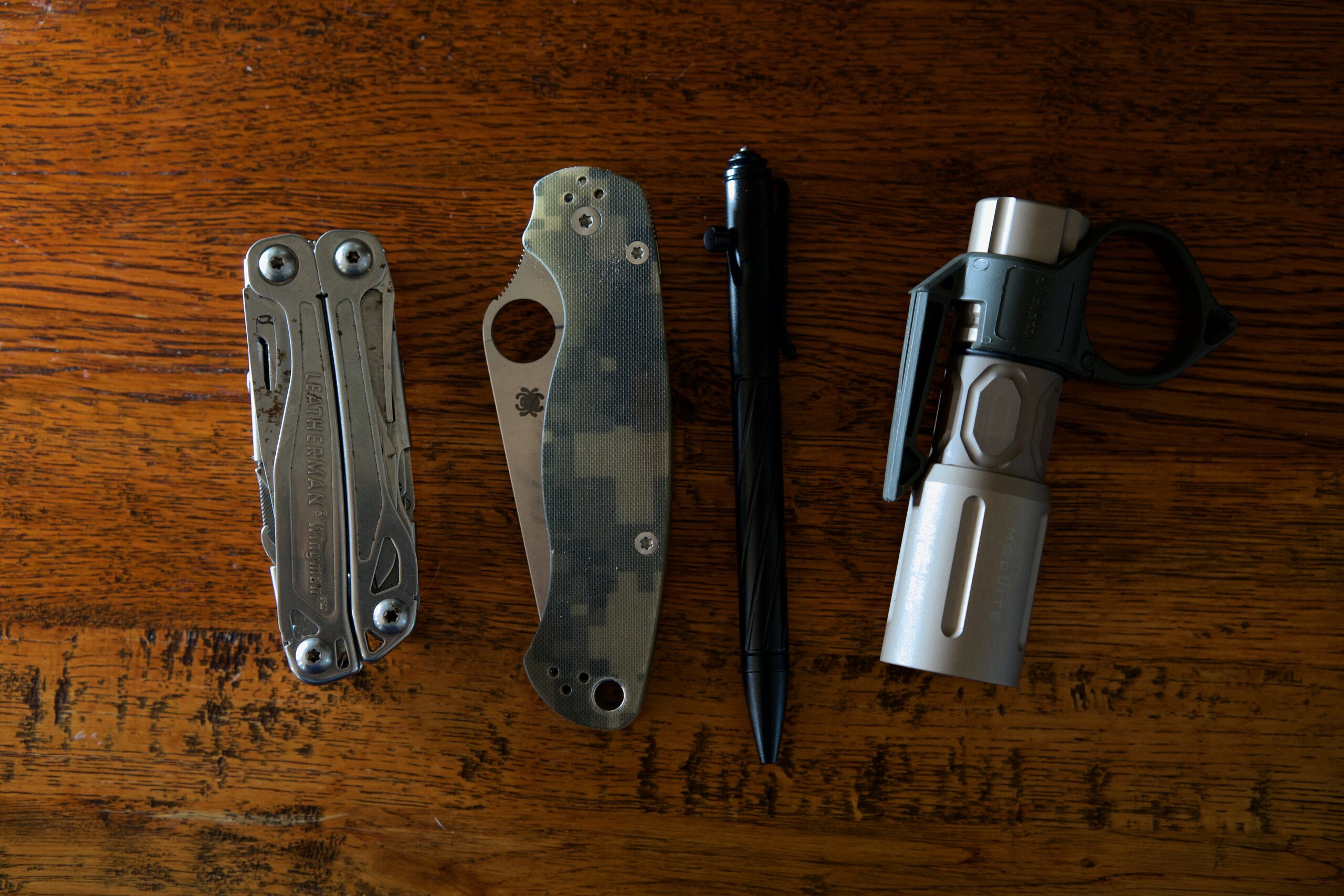
If you want to harness the power of the sun in a pocket-sized flashlight, buy a Modlite. The 1,350 lumens are impressive, but the Modlite PLH‘s 54,000 candela is the real power. That candella means this light can easily spot objects at 100 yards, and in urban environments, you’ll have no trouble pushing past the ambient light to see into dark areas.


The beam has a bright center spot that spills out toward the edges. The intensity of that center spot can’t be overstated, and the crazy thing is that Modlite makes the OKW, which has even more throw. I don’t find the PLH to be too bright for inside use or everyday tasks. Whether I’m using it to look for things in my truck or work my way through a dark house, it performed well. But it isn’t ideal for reading or anything that requires close inspection. While using the PLHv2 for EDC, I found the rechargeable battery lasts about a week.
If you want an impressively bright flashlight that excels in everything but long run time applications, then a Modlite is for you.
Best Value: Streamlight ProTac HLX
Key Features
- Lumens: 1,000
- Weight: 5.7 ounces
- 1.5 hours run time on high
- Rechargeable
- IP68 rated (Waterproof to 2 meters).
Pros
- Throws light far distances
- Price
Cons
- Too big to pocket carry
I’ve had a Streamlight HLX on my rifle for years, and it has performed fantastically for that function. Its bright center spot and good throw make it perfect for spotting targets at distance, and those characteristics also make the handheld version impressive.
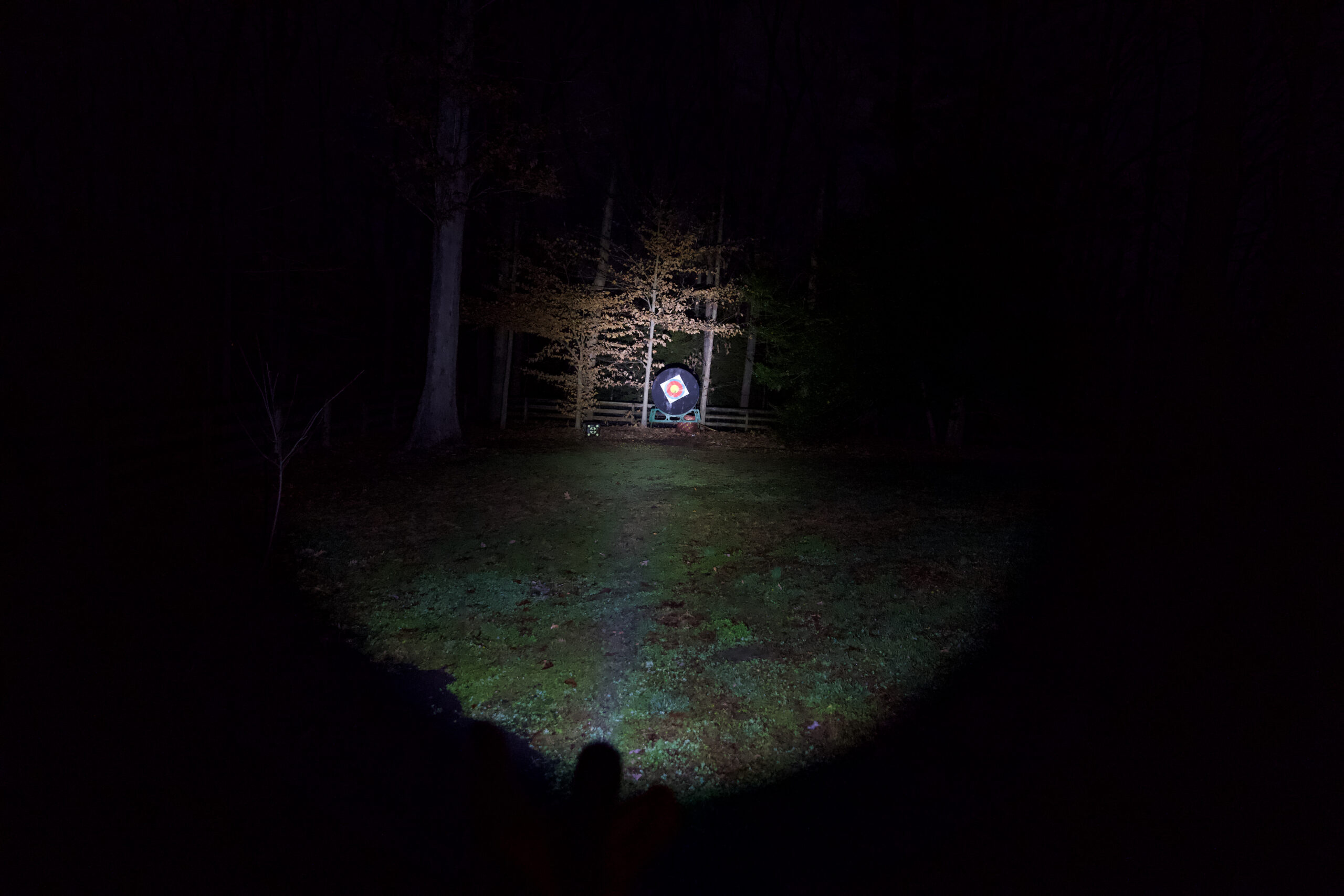
I’ve found the HLX to make a great light for hunting or just taking the dogs for a walk. It’s a large light, so you won’t want to pocket carry this beast—even though it has a pocket clip. When the light is in your pack, the recessed tail cap button prevents the light from accidentally turning on.
The rechargeable battery lasts 1.5 hours on high, which for me is about a week’s worth of regular use. You can cycle to the medium setting for a longer (3 hours) run time with a tap of the button. The low setting is just 65 lumens, but great for when you want to keep some of your night vision intact or just need to find something in your pack before dawn. If you want one of the brightest flashlights to carry in your pack, the ProTac HLX is for you.
Best for Hunting: SureFire G2X Pro
Key Features
- Lumens: 600 and 15
- Weight: 4.4 ounces
- Run time: Up to 52 hours on low
- Rechargeable
Pros
- Long run time on low
- Durable
Cons
- Low setting is not very bright
For hunting, I don’t need a super bright flashlight; instead, I want something that will provide light for a long time. The G2X Pro’s 1.5-hour run time on high and 52-hour run time on low means that if I’m on a long blood trail, I don’t have to worry about the light dying on me. I also really like keeping a G2X Pro in my truck or by the back door because of its reliability and sub-$100 price tag.
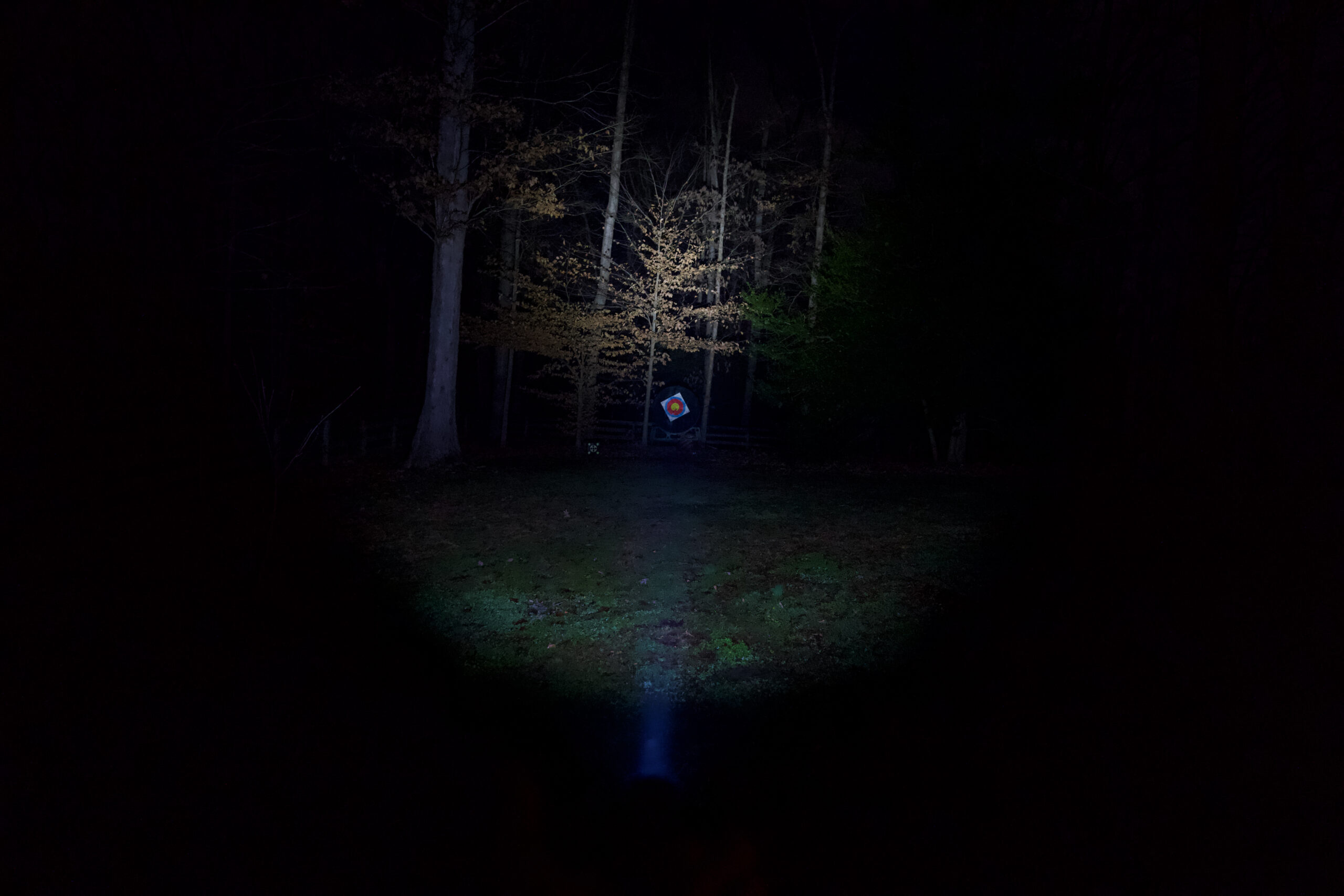
The 600 lumens are on the dim side compared to the 1,000-plus lumen powerhouses featured in the best flashlights lineup, but it’s plenty bright for navigating through the woods. You will miss the extra high lumens for spotting objects at distance or seeing through thick brush. The SureFire G2X Pro’s beam has a fairly wide center spot that spills out. It’s a good general-purpose beam pattern that matches the light’s intended purpose.
Best Small: Streamlight MicroStream
Key Features
- Lumens: 250, 50
- Weight: 1.2 ounces
- Rechargeable
- 1.5 hours run time on high
Pros
- Small and lightweight
- Charges quickly
- Price
Cons
- Tail cap isn’t recessed
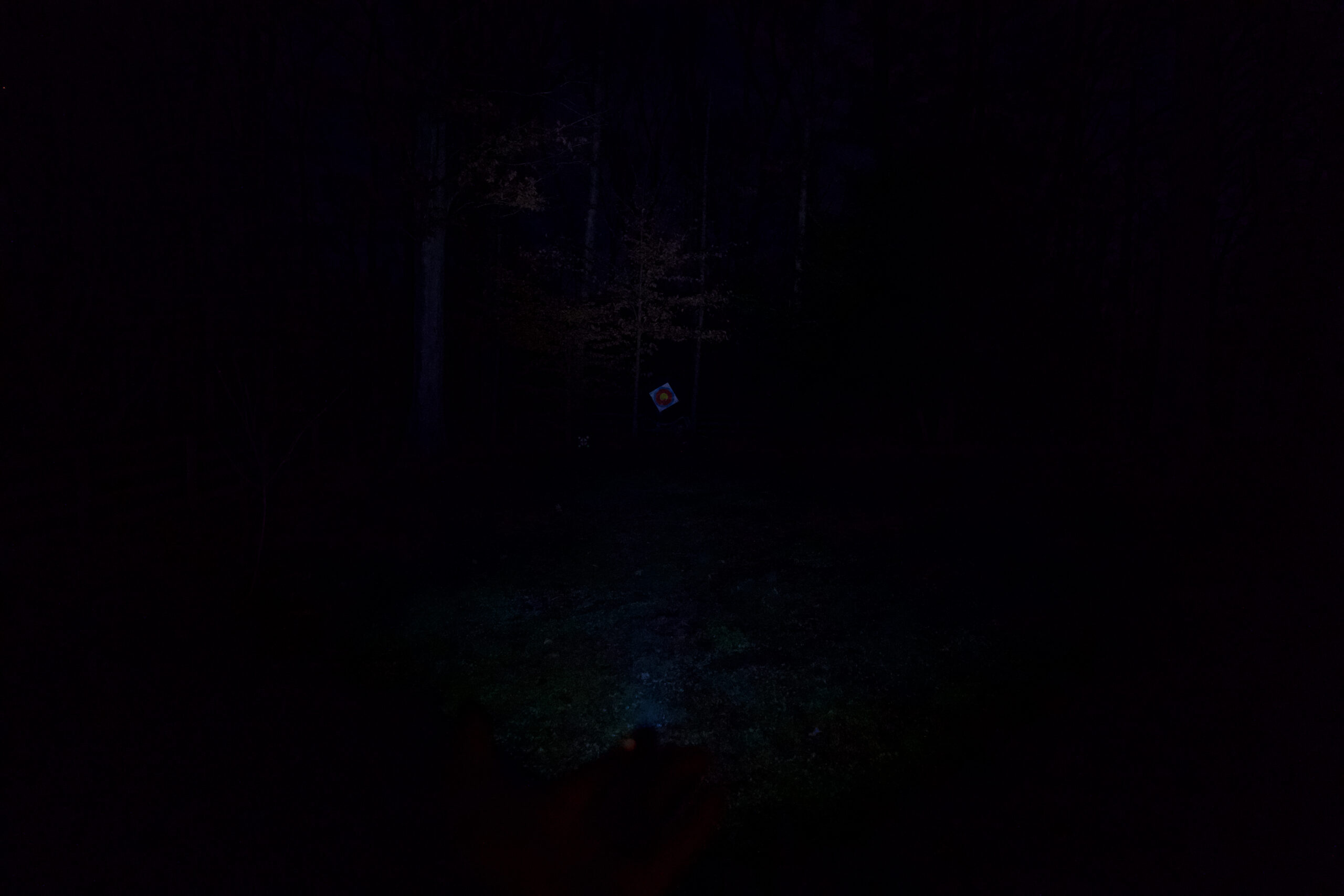
The Streamlight MicroStream is just under 4-inches long and around $30, which makes it ideal for EDC or as a backup flashlight. This mini flashlight is incredibly easy to carry, and I really liked that it doesn’t print like some of the larger flashlights I carry. The 250 lumens is pretty good for the size of the light, and it provides enough illumination for anything you need to see inside 25 yards. It’s also rechargeable and can go from dead to fully charged in just a few hours.
One of the main drawbacks is that you can accidentally activate the light because the tailcap isn’t recessed. But, Streamlight did make the button stiff enough that those light ADs aren’t super common while pocket carrying.
Best Budget EDC: 5.11 Rapid L2
Key Features
- Lumens: 523, 61
- Run time: 2 hours on high
- IPX-7 water resistance
- Weight: 3.68 ounces
Pros
- Affordable
- Wide, even beam
Cons
- Not intuitive to swap between modes
The Rapid L2 is right on the verge of being too big for EDC, but you can comfortably carry it in a front pocket. Other EDC-friendly features include its recessed activation button and deep carry pocket clip. I did find the pocket clip to be a little too loose, and more grip would be my preference.
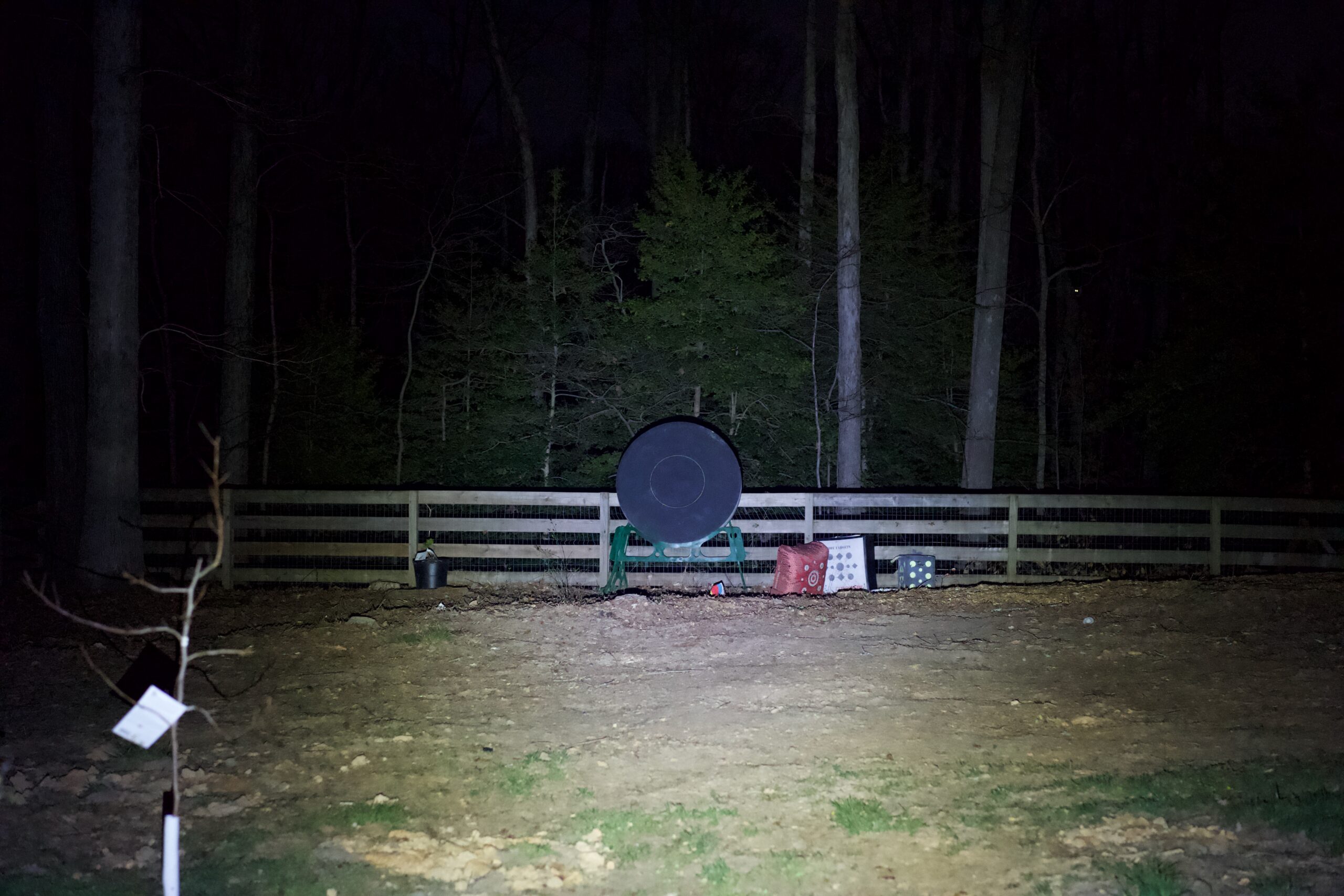
The beam is ideal for EDC use with nice even coverage over a wide area, and it excels at illuminating things 30 yards or closer. The 523-lumen flashlight is powered by two CR123 batteries, which is a common battery for flashlights. But, it’s not a battery most people have rolling around their junk drawer, and they’re also pricier than typical AA batteries. The benefit is you can get a higher output and run time with CR123.
Best Rechargeable: Anker Bolder LC90
Key Features
- Lumens: 900
- Weight: 6.2 ounces (claimed); 8.1 ounces (measured)
- Waterproof Rating: IPX5
Pros
- Very bright
- Affordably priced
Cons
- Micro USB charging port
- Shorter battery life than others in my test
- Cannot be used to charge other devices
It makes sense that the best value rechargeable flashlight is made by the same company that makes one of the best solar generators: Anker. This is a pretty basic flashlight. One click goes on; one click goes off. Holding down the power button sets it up to go through a series of various flashing patterns (try to avoid this). That’s basically it.
I liked that this one had both a very bright setting and a fairly dim setting that were easy to maintain once you had clicked your way through to them. It had a great hand feel and, while it warmed up noticeably on the highest setting, it was never uncomfortable. It’s also very reasonably priced. My only gripe is that it has a Micro USB charging port, an increasingly uncommon cord to have in your arsenal if you misplace the cord the flashlight comes with.—Laura Lancaster
Read more about the best rechargeable flashlights in our full test article.
Best Camping Flashlight: Gear Light S1000 LED
Key Features
- Lumens: 1,000
- Battery Requirements: 3 AAAs
- Weight: 5.6 ounces
- Waterproof rating: N/A
Pros
- Very affordable
- Ability to concentrate or expand the light direction
Cons
- Small children can easily find and use the strobe function
If you’re looking to buy some flashlights in bulk for the whole family, then the Gear Light S1000 LED is a great choice. It has plenty of light for walking back from a ranger talk or finding the bathroom in the dead of night, but isn’t so bright that it will wake up everyone in the campground. I also liked that it’s small enough for even young children to hold in their hands and operate but not so small that adults are likely to fumble with it or misplace it in the middle of the night. Finally, this was one of the most affordable flashlights I looked at for people purchasing in bulk.
My only complaint about the Gear Light S1000 LED is a complaint I had about many of the camping flashlights I looked at for this test: the strobe function. During a camping trip, I handed off several of the contenders for best camping flashlight to my smallest testers, a three-year-old and an eight-year-old. Both found the strobe functions within minutes and were ready to turn our campsite in the woods into a rave scene. The flashlights were quickly confiscated. If you’re camping with children, keep in mind that the now-standard strobe function on flashlights may ultimately be a deterrent from handing off one to a child for their personal use.—Laura Lancaster
Read more about the best camping flashlights in our full test article.
Best Camping Lantern: Black Diamond Apollo
Key Features
- Lasted seven hours at full brightness
- Lumens: 250
- Height: 8.5 inches (unfolded); 4.5 inches (folded)
- Rated for IPX4 (water resistant to heavy rain)
Pros
- Very small packed size
- Light enough to bring on low-key backpacking trips
- Brighter than its lumen-rating would lead you to expect
- Water resistant in case you leave it out overnight
Cons
- White light is less pleasant than other models I looked at
With three foldable legs that extend down to double its body height, the Black Diamond Apollo was one of the most compact camping lanterns I looked at. Despite having the second-lowest lumen rating in my test, the Black Diamond Apollo’s light punched above its weight. Several individuals noted that it seemed as if this lantern was providing at least as much light coverage, if not more, than the higher-lumen LED models.
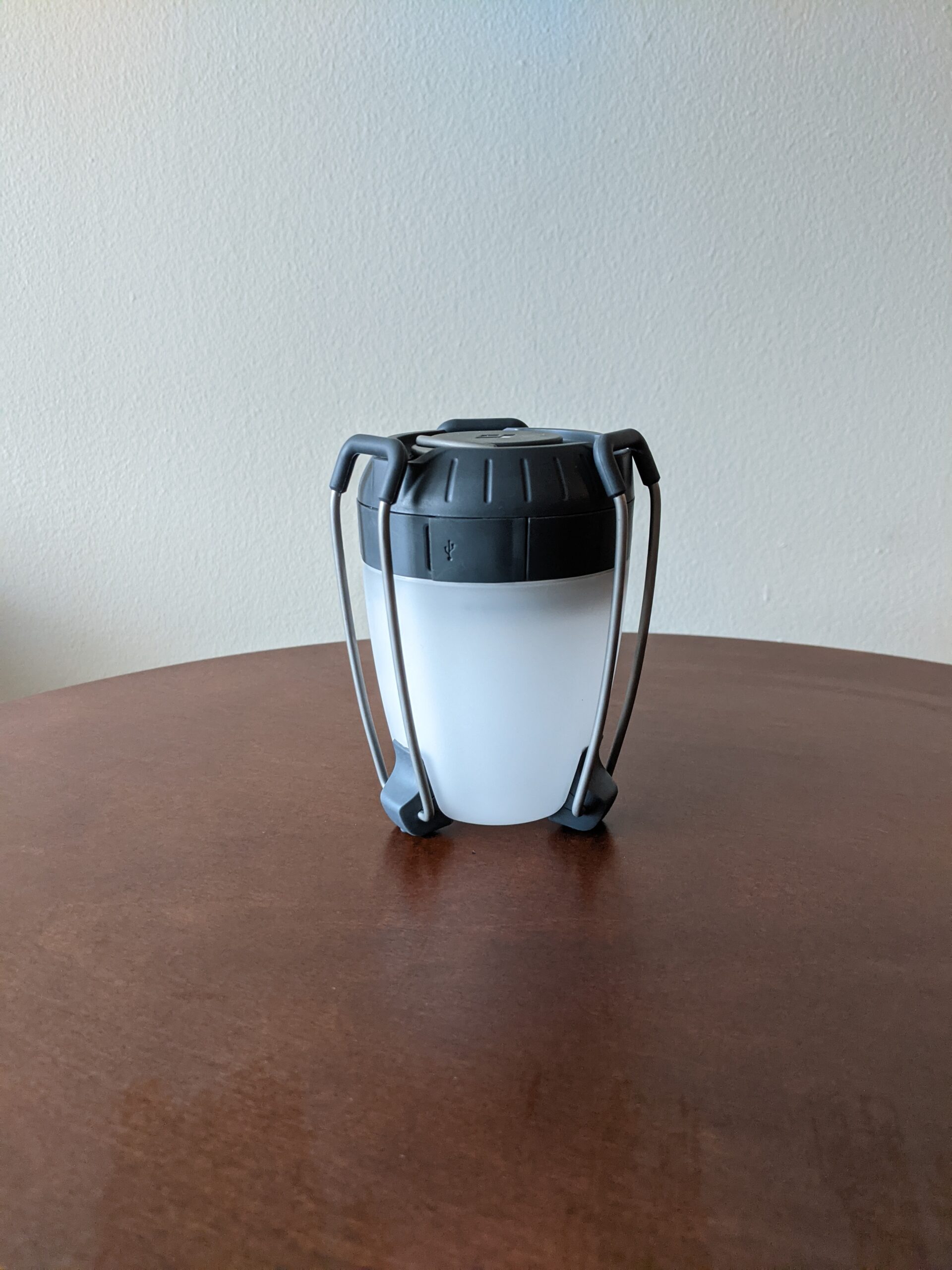
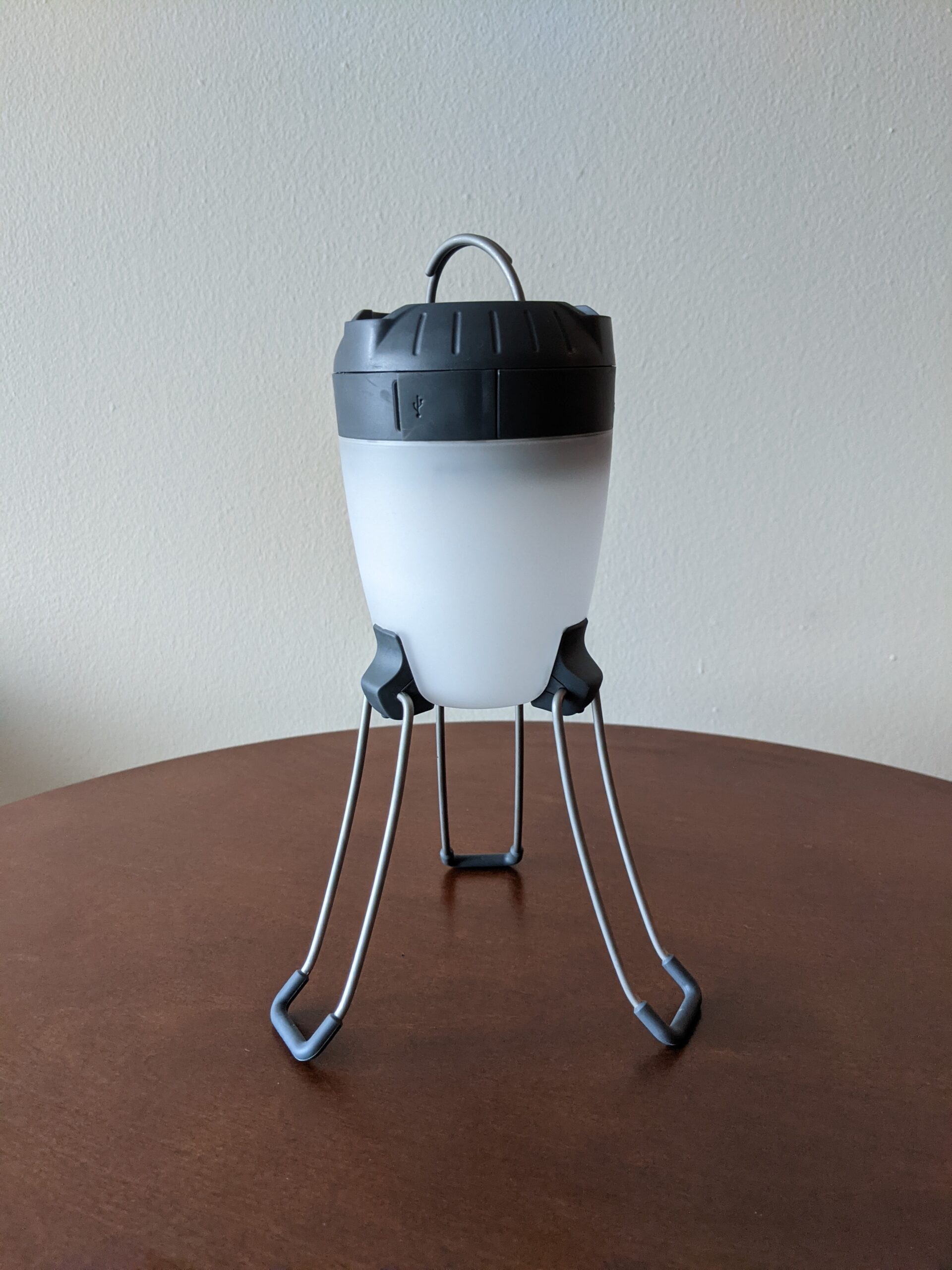
But what really stood out during testing was its battery life. While other batteries only lasted a few hours, this camping lantern was still going seven hours later in warm temperatures, meaning it has enough juice to get you through an evening around the picnic table (its IPX4 rating means it can also handle a little rain). And in the event it does still kick out while the night is young, you still have the option to plug in three AA batteries to keep it going.
While this model does have the option to recharge a secondary device directly from its internal battery (USB connection), it doesn’t quite have a large enough battery to make this a smart choice—bring a battery pack instead.—Laura Lancaster
Read more about the best camping lanterns in our full test article.
How to Choose the Best Flashlight
Flashlights might seem like simple tools, but there’s a lot to consider when you’re choosing the best flashlight. Manufacturers tailor their flashlights for specific purposes, and you’ll want to consider the lumens, candela, size, and power source before selecting the best flashlight for you.
Lumens vs. Candela
Lumens is a measurement for the amount of light a flashlight produces. Candela is a measurement of how much light a flashlight puts out in a specific direction. Let’s say you have two flashlights with the same lumens, but one has a concentrated beam, and the other has a wider beam. The flashlight with the concentrated beam will have more candela.


Size
When you’re looking at a flashlight, you need to think about how you’ll carry it. Will this be a pocket companion, or will it live in a pack, drawer, or center console? The answer to that question will tell you if you want a small, slim light for your pocket or a larger light for off-body carry.
Use
How you’ll use the flashlight is the most important deciding factor. Is this a general-purpose flashlight for walking the dog and making your way through a dark parking lot? Or, is this a duty light that carries a specific need to identify possible threats at distance and blind them? Is this a light you’ll need to run for more than an hour while you blood trail and drag a deer? Choosing the flashlight that best matches your needs will make sure you get years of good use out of it.
Batteries Used in the Best Flashlights
Flashlights can use standard AA or AAA batteries or more exotic power supplies like CR123A batteries. Rechargeable flashlights are also becoming more and more prevalent. My preference leans toward rechargeable flashlights to cut down on waste and cost. Today’s rechargeable batteries also are very powerful, like the ones used in the Modlite. For emergency flashlights, I like standard batteries because they’re what I commonly have around the house. But, CR123A batteries have a great reputation for reliable power in all conditions. You just have to be comfortable with buying a pack specifically for your light.
FAQs
High-output flashlights get hot even if they use an LED. But, LED flashlights below 500 lumens won’t get noticeably hot.
Like all things, you get what you pay for in flashlights. A $300 premium light will have features that budget lights cannot match. But, the real question is, how much performance do you need for your intended use? If you just need a basic light that won’t see hard use, then a $50 to $100 flashlight will serve you very well.
For a micro flashlight, 300 lumens is very good. But, full-size flashlights don’t get exciting until they reach 1,000 lumens with long run times.
EDC stands for “everyday carry.” An EDC flashlight is a best-in-class flashlight for a range of different activities that you might expect to encounter over the course of a day.
Why Trust Outdoor Life?
Since 1898, OL has been a leading authority in testing and reviewing hunting gear, fishing tackle, guns and shooting equipment, and much more. We have more than a century-long history of evaluating products, and we’re now bringing that expertise to online reviews. Our editors are experienced outdoorsmen and women, and most importantly, we’re trained journalists. We prioritize field testing and objective data when reviewing products. We conduct interviews with gear manufacturers and engineers as well as outdoor experts so that our readers have an understanding of how and why a product works—or doesn’t.
Advertising does not influence our gear reviews and it never will. While we always focus our coverage on standout products—because we want our readers to be aware of the latest and greatest gear—we also cover the flaws and quirks of any given product.
Final Thoughts on the Best Flashlights
Having the best flashlight for your needs is a huge advantage in the outdoors and everyday life. Whether you go with a tiny powerhouse like the SureFire Sidekick or a lumen monster like the Modlite PLHv2, there’s a great flashlight for your needs out there.
- Best Overall: SureFire Stiletto Pro
- Best Tactical: Modlite PLHv2
- Best Keychain Flashlight: SureFire Sidekick
- Best Value: Streamlight ProTac HLX
- Best for Hunting: SureFire G2X Pro
- Best Small: Streamlight MicroStream
- Best Budget EDC: 5.11 Rapid L2
- Best Rechargeable: Anker Bolder LC90
- Best Camping Flashlight: Gear Light S1000 LED
- Best Camping Lantern: Black Diamond Apollo

